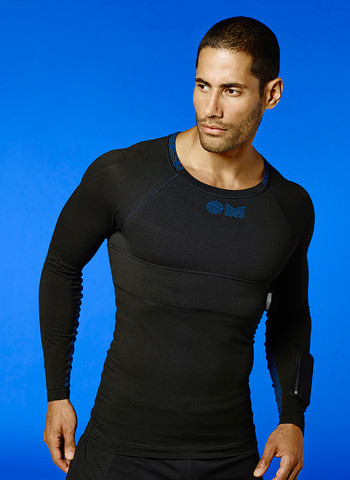 Smart clothing shipments are expected to surpass 10.2 million units annually by 2020, up from 140,000 units in 2013, according to a report from Tractica.
Smart clothing shipments are expected to surpass 10.2 million units annually by 2020, up from 140,000 units in 2013, according to a report from Tractica.
Tractica explained that currently, sport enthusiasts are leading adoption of smart clothing, which Tractica defines as clothing that monitors muscle activity, breathing rate, and heart activity zones, but over the next few years, these items will gain traction with the mass consumer market.
The report also found that body sensor shipments will decrease, from 3 million units in 2013 to 1.2 million by 2017. But the shipments will then increase to 3.1 million units in 2020. Tractica explained that the decrease of body sensors in 2017 followed by the increase again in 2020 is a result of "a transition as heart rate monitors decline in unit volume and newer devices like baby and pregnancy monitors, headbands, posture monitors, and 3D trackers begin to build momentum".
“The ultimate wearable computer is a piece of smart clothing that one can wear as a garment or a body sensor that can track and measure specific vital signs,” Tractica Research Director Aditya Kaul said in a statement. “Both of these device categories are designed to seamlessly integrate with users’ daily lives.”
Last month, another report from Tractica found that the number of people using home health technologies will increase from 14.3 million worldwide in 2014 to 78.5 million by 2020. In Tractica’s view, home health technologies include offerings that allow providers to remotely monitor patients with chronic conditions, use technology to improve care for elderly people, and conduct virtual visits with a physician. Tractica added that within the home health technology space, medical monitoring, diagnosis, and treatment will be the largest markets between 2014 and 2020.


















